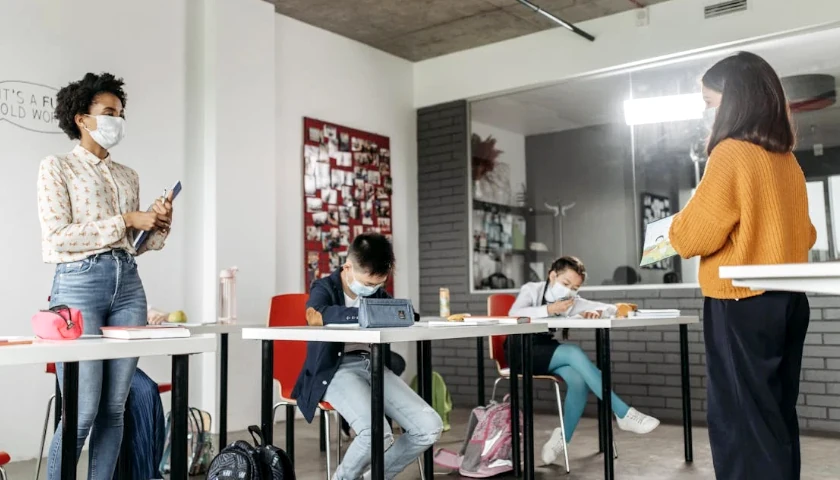Two weeks ago, three unlikely bedfellows joined forces to announce their intention to cut K-12 chronic absenteeism in half by 2029.
The right-leaning American Enterprise Institute, the left-leaning Education Trust, and the nonprofit organization Attendance Works revealed their plan in Washington, DC. The coalition hopes to combat chronic absenteeism, defined as students missing 10 percent or more of school days in a given academic year, by implementing a variety of initiatives, including home visits and similar interventions. Chronic absenteeism rates more than doubled during and after the Covid response. The goal is to reduce these rates to pre-pandemic levels, or around 13 percent.
Read the full story


